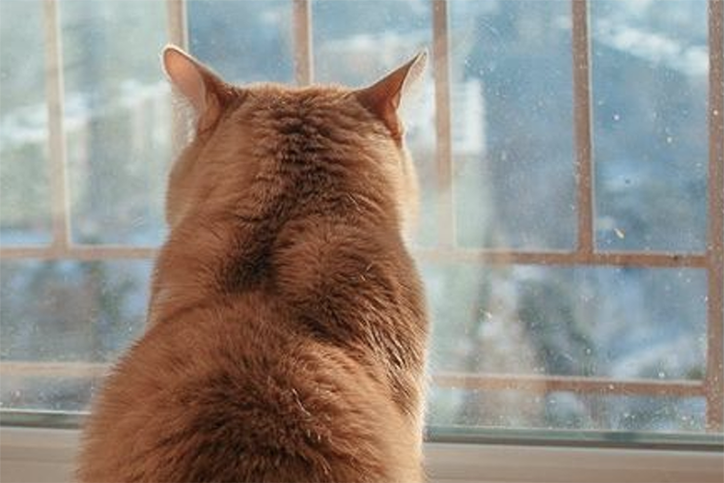Particulate Matter (PM) peaks are normal and expected to happen temporarily, even when the air is of good quality because your air purifier’s sensors react each time the air purifier is in contact with airborne particles.
Pollution from outside coming in from open windows or ventilation may also cause high PM levels.
The levels of PM should decrease with the use of the air purifier and with ventilation.
Examples of PM sources: candles, smoke, cooking, incense, fireplace, accumulated dust, unfiltered vacuum cleaner, pollen, pets, etc.
How to decrease the particulate matter (PM) levels and improve your indoor air quality?
Make sure that the air purifier is used in an adapted room size with closed windows and doors.
Set the highest speed of the air purifier temporarily or use Auto Mode (not available with all models).
Ventilate the room temporarily.
What to do if the PM levels do not decrease?
Try to find the pollution source. If the PM values are constantly high, the indoor air might be polluted. If your air purifier has the WiFi feature, the Blueair app can help find the source of pollution. Open the Blueair app, add your air purifier and check the air quality history: check the peaks’ date and try to think of what can have happened at those moments.
Test the air purifier in a smaller room. Test the PM sensor by placing the unit in a small room running at full speed with all windows and doors (and ventilation if possible) closed.
Clean the sensors. If the PM levels are constantly very high, there might be accumulated dust on the sensor giving a false indication. Vacuum the outside of the air purifier, especially the air inlets, outlets, and the inlet for the air quality sensor. Power off the unit before vacuuming. See sensor care and maintenance FAQ and user manual.
Back to Pro












